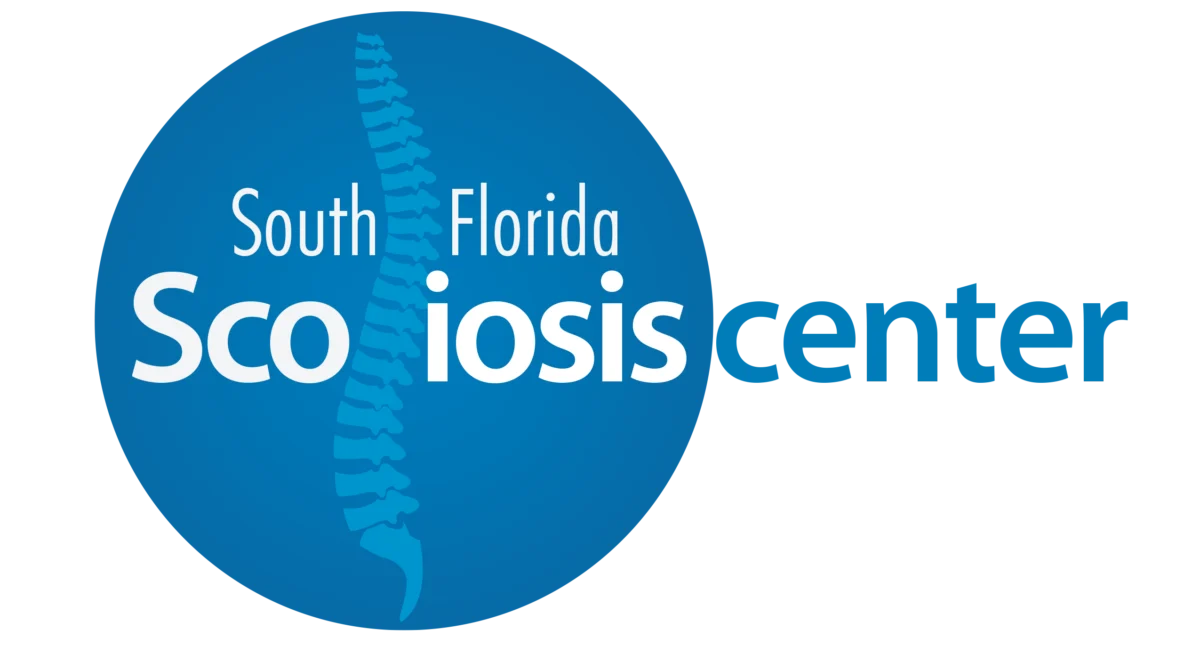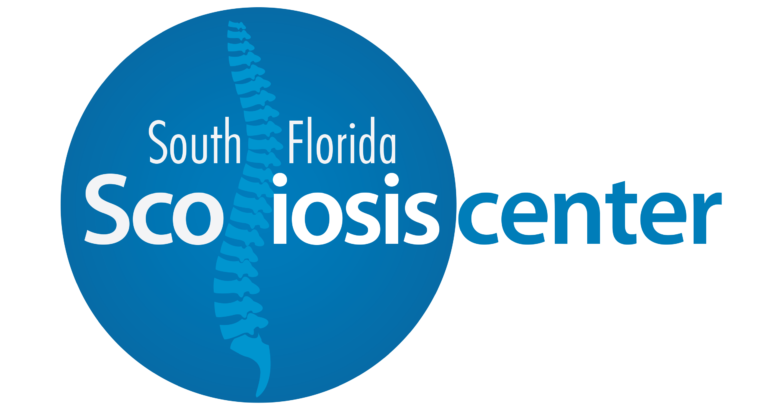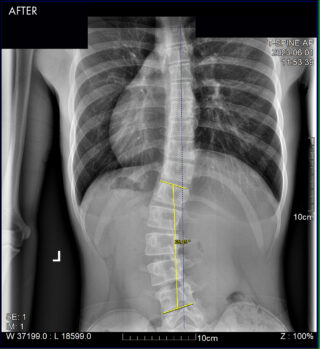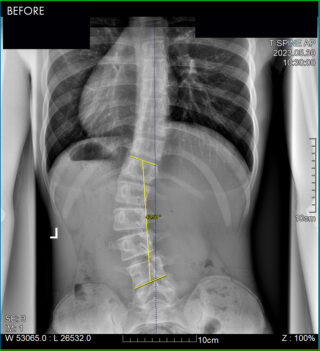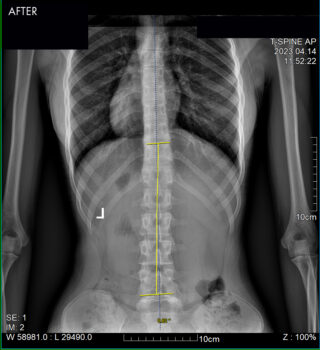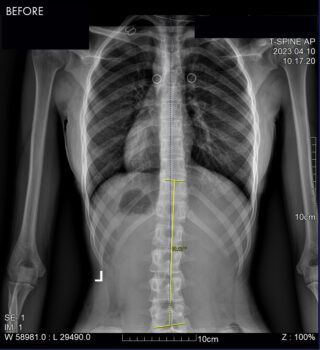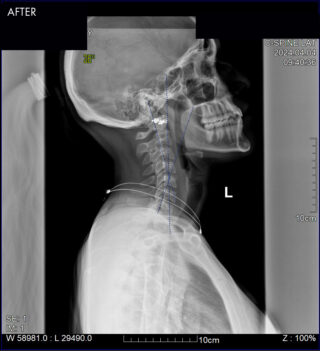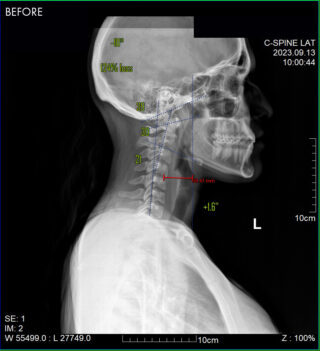Frequently Asked Questions
Scoliosis is a condition where the spine curves sideways instead of staying straight. The curve can look like an “S” or a “C” and may cause uneven shoulders, a tilted waist, or even discomfort in some cases. It can develop at any age but is most commonly diagnosed during adolescence. While some cases are mild and require little intervention, others may need specialized care to prevent progression.
Symptoms can vary based on the severity of the curve, but common signs include:
Uneven shoulders or shoulder blades
One hip higher than the other
A noticeable curve in the spine
Ribs sticking out more on one side when bending forward
Back pain or muscle tightness (especially in adults)
Difficulty standing straight
Many mild cases go unnoticed until a school screening or routine checkup. If you’re unsure, a scoliosis specialist can help assess your spine and recommend next steps.
In most cases, the exact cause of scoliosis is unknown—this is called idiopathic scoliosis, which makes up about 80% of cases. Other causes include:
Congenital scoliosis – When the spine develops abnormally before birth.
Neuromuscular scoliosis – Linked to conditions like cerebral palsy or muscular dystrophy.
Degenerative scoliosis – Common in adults due to aging, arthritis, or disc degeneration.
While poor posture doesn’t cause scoliosis, maintaining good spinal health can help manage symptoms.
Diagnosis typically starts with a physical exam, where a specialist checks for uneven posture and spinal alignment. The most common test is the Adam’s Forward Bend Test, where you lean forward while a doctor examines your back.
If scoliosis is suspected, an X-ray is used to measure the curvature. In some cases, an MRI or CT scan may be needed to rule out other conditions. The curve is measured in degrees, and anything over 10 degrees is considered scoliosis.
Treatment depends on the severity of the curve, age, and symptoms. Options include:
- Observation – For mild cases, regular monitoring ensures the curve doesn’t worsen.
- Non-surgical treatments – At South Florida Scoliosis Center we offer a variety of customizable plans which include Chiropractic care, physical therapy, and scoliosis-specific exercise programs can help manage pain and improve spinal health.
- Bracing – For growing children with moderate scoliosis (20–40 degrees), a custom brace can help prevent progression.
- Surgery – Reserved for severe cases (typically over 45 degrees), spinal fusion surgery stabilizes the spine and prevents further progression.
Each case is unique, so the best approach depends on individual needs.
Yes! Our Scoliosis Treatment programs are uniquely designed to manage scoliosis effectively without surgery, especially if caught early. Our programs include chiropractic care, physical therapy, bracing, and scoliosis-specific exercise programs to slow or even stop the curve from progressing. Even adults with scoliosis-related pain can benefit from non-surgical treatment plans focused on improving mobility and reducing discomfort.
The best non-surgical treatment depends on the person’s age, severity of scoliosis, and symptoms. At South Florida Scoliosis Center our Intensive Care Treatment, Teen Curves Camp, Adult Scoliosis Treatment and Scoliosis Bootcamp programs, have been designed to address all ages and severities of the scoliotic spine. Some of the most effective options include:
Scoliosis-specific physical therapy (Schroth Method) – A customized approach to improve posture and spinal alignment.
Chiropractic care – Specialized scoliosis chiropractic adjustments can improve mobility and relieve pain.
Bracing – Works best for children and teens to prevent worsening of the curve.
Therapeutic exercises – Core strengthening, stretching, and balance exercises can improve stability and posture.
A tailored treatment plan can make a huge difference, and our team can guide you to the best options.
Our uniquely customized treatment programs are an excellent option for managing scoliosis symptoms, correcting curves, and slowing the progression of scoliosis, and are especially effective for pain relief and mobility. Our programs can improve flexibility, reduce muscle tension, and promote better posture. We focus on gentle, targeted adjustments combined with therapeutic exercises to support long-term spinal health. For the best results, we integrate chiropractic care with other scoliosis-specific treatments.
The right exercises depend on your type of scoliosis, but in general:
✅ Core strengthening – Planks, pelvic tilts, and bird-dogs help support the spine.
✅ Stretching – Side stretches, cat-cow, and hamstring stretches reduce muscle tightness.
✅ Schroth Method exercises – Designed specifically for scoliosis to improve posture and alignment.
🚫 Exercises to avoid – Heavy weightlifting, high-impact activities, and excessive backbends can worsen scoliosis symptoms.
Our Scoliosis Team Specialists can customize an exercise program that works best for you.
Yes. Our Scoliosis Treatment Programs are uniquely designed to correct and slow the progression of a scoliotic spine. Our programs will also help improve posture, strengthen muscles, and reduce pain. Scoliosis-specific physical therapy (like the Schroth Method) focuses on targeted movements to re-train muscles and improve spinal alignment, making it a great non-invasive option.
Scoliosis surgery (usually spinal fusion) is a serious procedure with risks, but it can be life-changing for those with severe curves.
✅ Benefits:
Stops curve progression.
Improves posture and symmetry.
Reduces pain and discomfort in some cases.
⚠️ Risks:
Long recovery time (several months).
Potential complications like infection or reduced flexibility.
Not always necessary—many cases can be managed non-surgically.
Surgery should be a last resort, and we recommend our patients explore every alternative before considering it.
Pain from scoliosis can often be managed with:
✔️ Chiropractic care – Gentle adjustments to relieve tension.
✔️ Physical therapy – Strengthening and stretching for better support.
✔️ Massage therapy – Helps reduce muscle tightness.
✔️ Bracing (if needed) – Helps maintain better posture.
✔️ Pain relief methods – Ice, heat, or over-the-counter pain relievers.
The right approach depends on the severity of the pain and overall spinal health.
Yes, scoliosis can worsen, especially in growing children. If a curve is mild and monitored, it may not progress. However, moderate to severe curves (over 25 degrees) have a higher risk of getting worse, particularly if left untreated. In adults, degenerative scoliosis can also develop with age.
That’s why early detection and proactive treatment are essential for maintaining spinal health.
If you have additional questions or need more information, please contact us at 786-565-9217 or send us a message below, and one of our Scoliosis Team members will be happy to help you on your journey to better spine health.
Quick Contacts
Our Gallery
- Copyright 2025 South Florida Scoliosis Center
